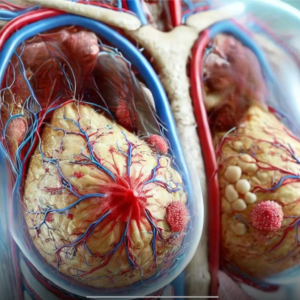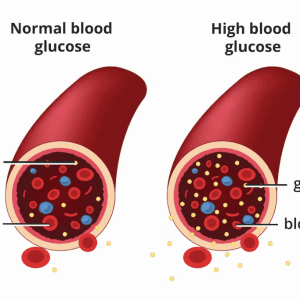When it comes to family meals, there’s always a mix of tradition, personal preference, and a bit of negotiation. Tonight, my mother-in-law served shrimp with the shells on—and without deveining them. To me, that was a deal-breaker. I skipped the dish and made sure my kids did too. But this made me wonder: Is deveining shrimp really a must, or is it just a matter of personal preference?
What Does Deveining Shrimp Mean?

Deveining shrimp means removing the dark, thin line that runs along its back. This is actually the shrimp’s digestive tract—a polite way of saying it’s where waste is processed. While the vein itself is not harmful to eat, it can sometimes contain sand, grit, or other residues, affecting the shrimp’s texture and taste.
For many people, seeing that black line is simply unappetizing. Even though it won’t make you sick, it’s understandable why some prefer to remove it before cooking or serving shrimp.
Video:
Deveining Shrimp WITHOUT Opening the Back
Is It Safe to Eat Shrimp That Hasn’t Been Deveined?
Yes, eating undeveined shrimp is safe in most cases. The vein does not contain toxins or harmful bacteria. However, there are a few reasons why some people prefer to remove it:
✔ Texture Issues: Sometimes, the vein contains bits of grit, which can create an unpleasant crunch.
✔ Aesthetic Concerns: A visible dark line can be unappetizing, making the dish look less appealing.
✔ Digestive Sensitivities: While the vein is usually harmless, some people prefer to avoid eating it just to be extra cautious.
For kids or picky eaters, undeveined shrimp might be a tough sell. Removing the vein ensures a cleaner and more appealing dish.
Why Do Some People Cook Shrimp with Shells and Veins Intact?
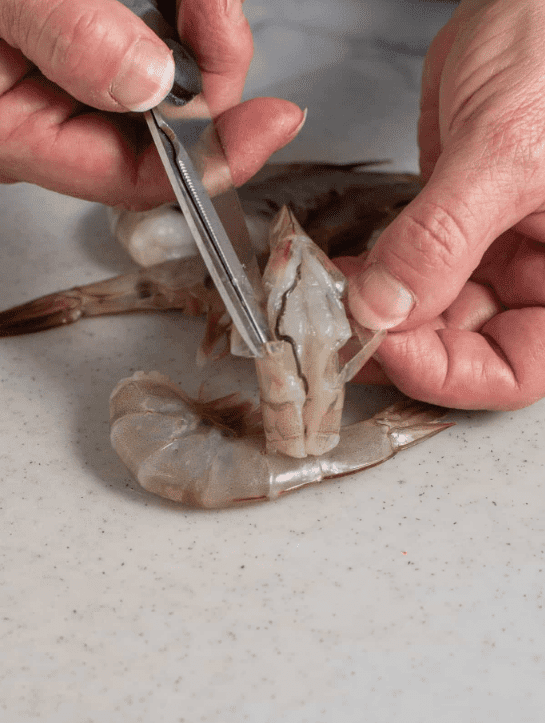
In many cultures, shrimp is cooked and eaten whole—with shells, veins, and even heads intact. The shells add rich flavor to dishes, especially when making broths or seafood boils. The vein, often considered negligible, is ignored in favor of a more authentic seafood experience.
For example, in Asian and Mediterranean cuisines, shrimp is often grilled or stir-fried without deveining. The shells help retain moisture and enhance the natural umami taste of the seafood.
On the other hand, Western culinary traditions often prioritize cleanliness and presentation, making deveined shrimp the preferred option.
Does Deveining Shrimp Affect Flavor?
The short answer? Not really. The flavor of shrimp comes primarily from its meat and shells, not the vein. However, there are a few considerations:
✔ Cooking with the Shell On: The shells trap juices inside the shrimp, resulting in a more tender and flavorful bite. They also infuse broths and sauces with a deeper seafood taste.
✔ Cooking Without the Shell: Peeled and deveined shrimp absorb seasonings better, making them ideal for marinated or stir-fried dishes.
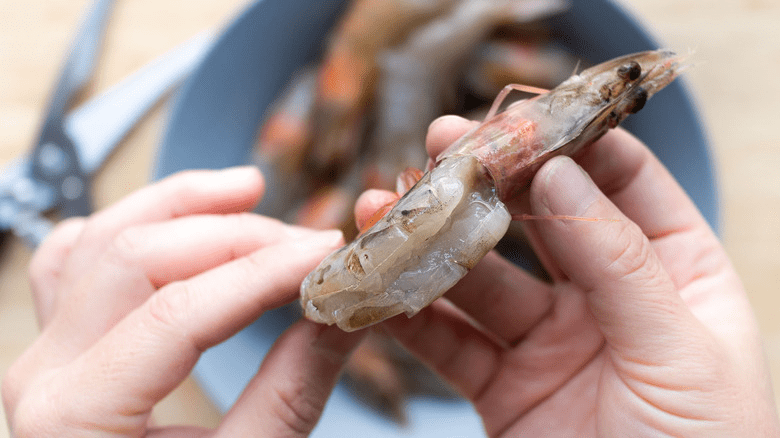
So, if you’re after maximum flavor, keeping the shells on—vein included—might be the way to go. If you’re all about clean texture and visual appeal, deveining is a must.
How to Devein Shrimp Like a Pro
If you prefer your shrimp clean and vein-free, the process is simple and only takes a few minutes:
- Rinse the Shrimp: Wash the shrimp under cold water to remove surface residue.
- Remove the Shell (Optional): Peel off the shell if desired, but you can leave the tail on for presentation.
- Make a Small Cut: Use a paring knife or deveining tool to slice along the shrimp’s back.
- Remove the Vein: Gently lift out the vein with the knife tip or your fingers. If it’s not visible, don’t worry—some shrimp have very small or clear veins.
- Rinse Again: Give the shrimp another quick rinse before cooking.
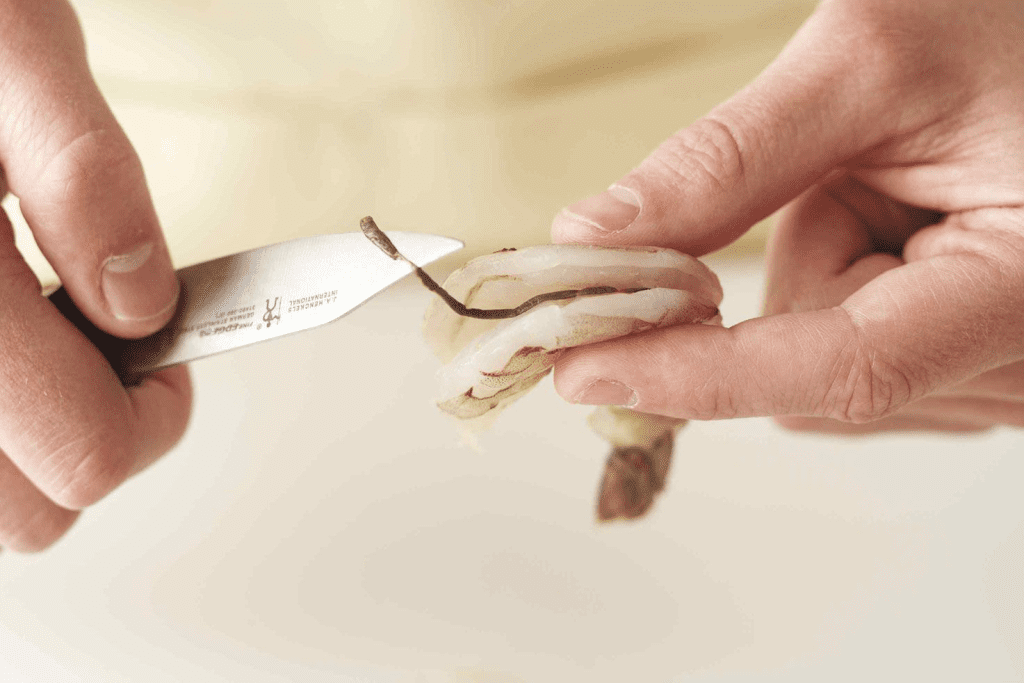
By deveining shrimp yourself, you control the cleanliness and presentation of your dish. Plus, you won’t have to worry about unwanted grit or texture issues.
How to Handle Family Disagreements Over Food Preparation
Family dinners can sometimes turn into a battle of preferences. If you find yourself in a situation where shrimp isn’t prepared the way you like it, here’s how to handle it gracefully:
Video:
Is it really necessary to devein shrimp?
✔ Be Respectful: Appreciate the effort that went into the meal before pointing out your preference.
✔ Communicate Politely: Instead of saying, “I can’t eat shrimp like this,” try, “I really appreciate dinner! I personally prefer shrimp deveined because of the texture.”
✔ Offer to Help Next Time: If it’s a recurring issue, suggest helping with food prep so you can make sure your preferences are considered.
A little understanding goes a long way in keeping family meals enjoyable for everyone.
Should You Always Devein Shrimp?
At the end of the day, deveining shrimp is a personal choice. While it’s not necessary for health reasons, many people prefer it for aesthetic and texture-related reasons.

If you’re cooking shrimp for yourself, do what feels right. If you’re preparing shrimp for others, consider their preferences and whether the dish will benefit from keeping the shells on for added flavor.
Final Thoughts: Taste, Tradition, and Personal Preference
So, is deveining shrimp a must? It depends on who you ask. From a culinary standpoint, the vein won’t harm you, and many cultures embrace it as part of the shrimp’s natural flavor. However, if you value presentation and texture, removing the vein makes for a more appealing dish.
Ultimately, food is about more than just ingredients—it’s about culture, tradition, and personal preference. Whether you enjoy shrimp deveined or not, what matters most is sharing good food with good company.
